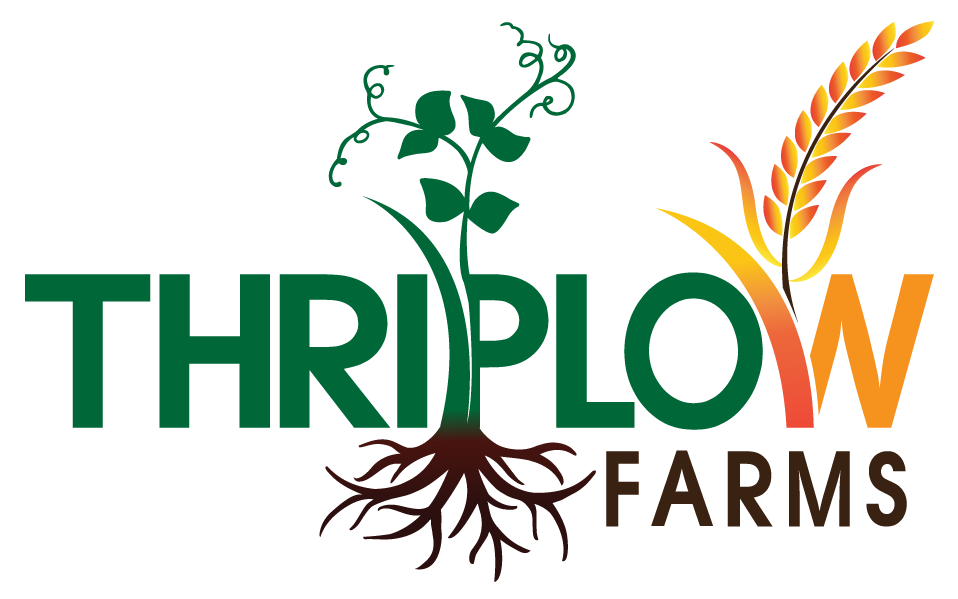WTFIH @ Thriplow Farms, May 2019
This is a strange feeling spring; although there are lots of jobs that need doing on the farm, few of them involve actual farming. Normally in early April we would be finishing off drilling, putting fertiliser on the wheat, spraying fungicides, pre-emergent herbicides and various other bits and pieces. But this year, the drilling was completed a month ago, we have already put on the bulk of fertiliser, and new regimes on most of our crops mean that we use many fewer sprays than we used to. The dry weather is causing us an increasing amount of concern, as we have only had around 60mm of rain so far in 2019, roughly a third of what we would usually expect. Right now that isn’t a problem, but it means the reserves of water in the ground are low, and so we are much more vulnerable to another drought, as happened in 2018. River and groundwater levels are low for most of the country, so prepare to hear about hosepipe bans if the weather keeps on in the same vein. However, every cloud (or lack of one in this case) has a silver lining, because rain causes plant diseases. Unfortunately, it’s often the case that farms are run with a very low appetite for risk, and so crops are treated prophylactically for a wide range of diseases. Nowadays, with better varieties, better natural disease resistance, and more sophisticated forecasting, we can change how we operate. What this means on a practical level is that when it is dry we can not apply fungicides to crops, as the risk of the diseases becomes much lower. This saving in cost doesn’t make up for the loss in yields associated with dry conditions, but it will at least be a small mitigation. The other area where we can save money is with fertiliser. There is always a limiting factor determining what your yield will be, and in years where we have plenty of rain and sunshine, that can often be the amount of nitrogen we apply to the crops. In a dry year therefore, it can be possible to put on less fertiliser, without harming the yields. Of course, as always, the problem with this is know what the weather is going to do several months in advance, but that’s farming! Anyway, this year, for the first time, we have decided to put on around 80% of the wheat’s nitrogen, and keep the rest back as a little bonus to be used in the event of some serious rain in April. Again, it doesn’t make a huge difference to the bottom line, but every little helps.
